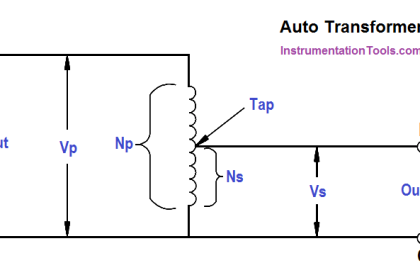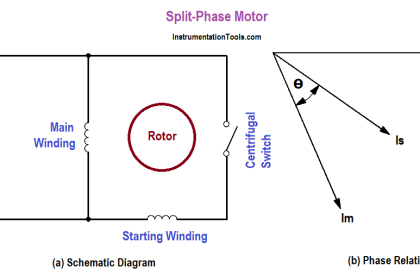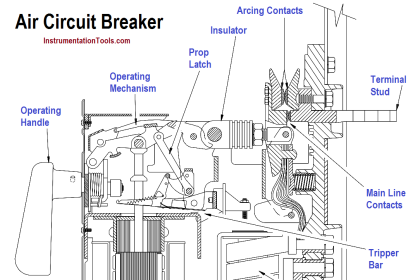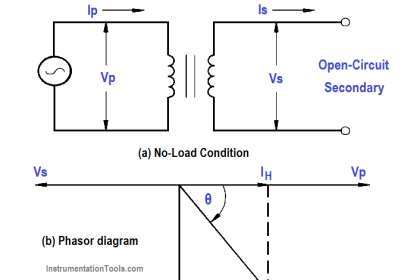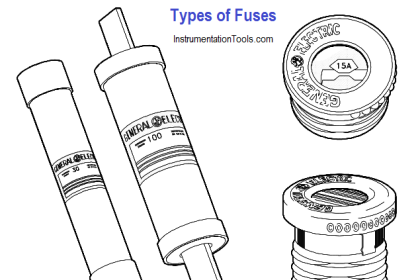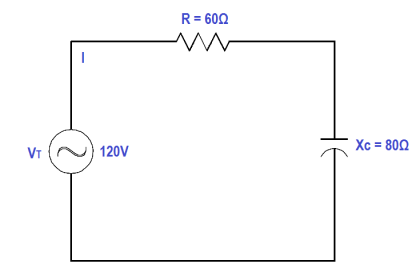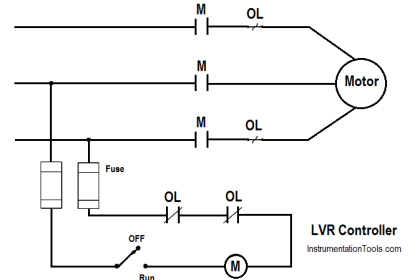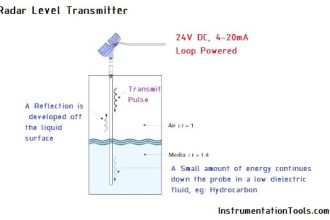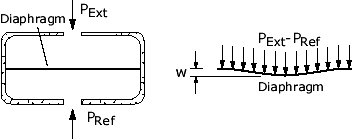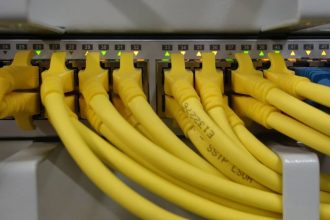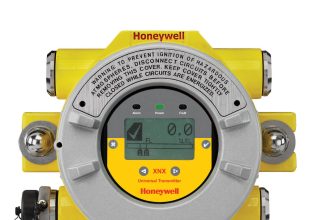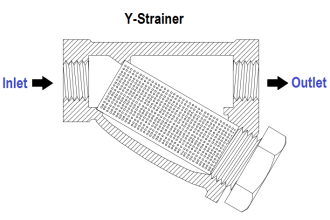The torque of an AC induction motor is dependent upon the strength of the interacting rotor and stator fields and the phase relationship between them.
Torque can be calculated by using below Equation.
T = K Φ IR cos θR
where
Τ = torque (lb-ft)
K = constant
Φ = stator magnetic flux
IR = rotor current (A)
cos θR = power factor of rotor
During normal operation, K, Φ, and cos θR are, for all intents and purposes, constant, so that torque is directly proportional to the rotor current. Rotor current increases in almost direct proportion to slip. The change in torque with respect to slip (Below Figure) shows that, as slip increases from zero to ~10%, the torque increases linearly.
As the load and slip are increased beyond full-load torque, the torque will reach a maximum value at about 25% slip. The maximum value of torque is called the breakdown torque of the motor. If load is increased beyond this point, the motor will stall and come to a rapid stop.
The typical induction motor breakdown torque varies from 200 to 300% of full load torque. Starting torque is the value of torque at 100% slip and is normally 150 to 200% of full-load torque. As the rotor accelerates, torque will increase to breakdown torque and then decrease to the value required to carry the load on the motor at a constant speed, usually between 0-10%.
Figure : Torque vs Slip

